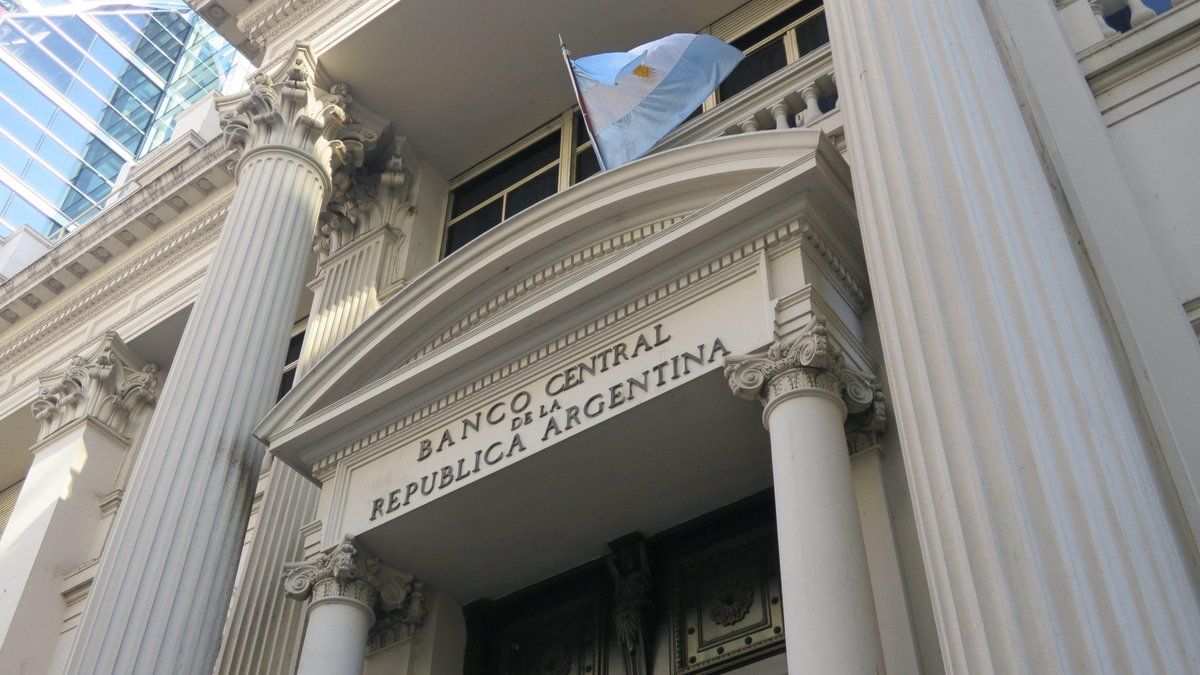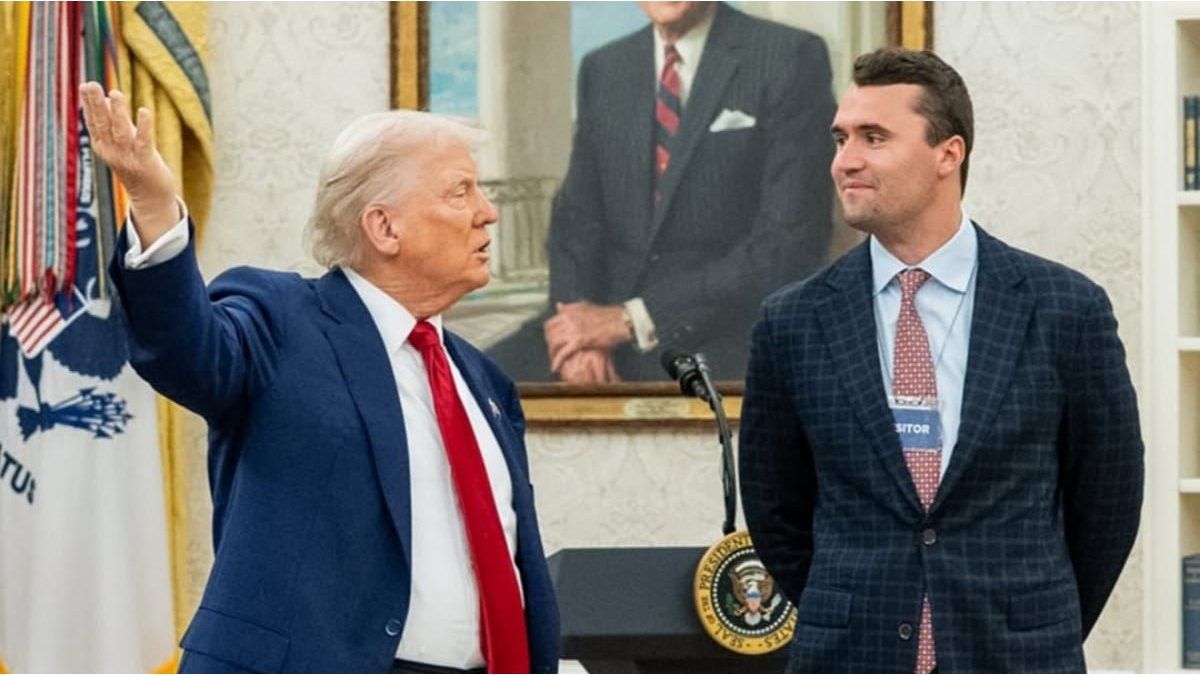The decision of the body that leads Santiago Bausilioccurred in the midst of the inflationary slowdown, where some private consulting firms, like the Government, expect that the consumer price index (CPI) is in single digits in April.
“The decision is taken into consideration of the financial and liquidity context and is based on the rapid adjustment of inflation expectations, on the strengthening of the fiscal anchorand in the contractionary monetary impact derived from the seasonality in the Treasury’s external payments for the current quarter,” they stated from the entity.
The interest rate dropped again: how much will a fixed term pay me?
After the changes made by the BCRA, the new monthly rate will be 4.2%while previously it was positioned in 5% and in the face of monthly inflation that is estimated, according to private consultants, to be April returns to single digits.
Meanwhile, the Annual Effective Rate (TEA) of the Passes now went from 79.6% to 64.8% facing an interannual inflation that is estimated at 189.4%, according to the Survey of Market Expectations (REM).
For their part, private banks drilled 4%. In the case of BBVA has already lowered the Annual Nominal Rate (TNA) to 38%, which gives a monthly return of 3.16% and brought the TEA of 45.3%.
Negative rates, the Government’s strategy
So, The Government continues to liquefy the savings of small investors and keeps the real rate negative. “I understand that the objective is to continue with negative real rates to continue liquefying stocks of pesos in the economy,” the CESO economist told Ámbito. Federico Zirulnik.
“The Government’s idea is that these pesos go to finance the real economy”added the economist Federico Glustein.
In that sense, the economist explained that when a floor of the recessionthis will be “the necessary engine for there to be a credit boom”which boosts activity and allows banks to become profitable again through general growth of the economy.
The interest rate fell again: what could happen next
In this sense, economists highlighted that the monetary policy rate could continue to decline, as the BCRA seeks to maintain negative rates.
Zirulnik highlighted that this month the monetary authority was ahead of the official inflation data, which will be announced by INDEC next Tuesday, May 14, and was based on forecasts. Given this background, he said that “perhaps more at the end of the month, when they have indications of the May inflation data”.
For its part, Glustein emphasized the “strong” deceleration of the inflation curve and maintained that from that perspective it would be “possible.”“although I would not venture to assert it, since it will depend on several factors, such as foreign exchange and market income, economic activity and consumption,” he added.
Source: Ambito
I am a 24-year-old writer and journalist who has been working in the news industry for the past two years. I write primarily about market news, so if you’re looking for insights into what’s going on in the stock market or economic indicators, you’ve come to the right place. I also dabble in writing articles on lifestyle trends and pop culture news.




